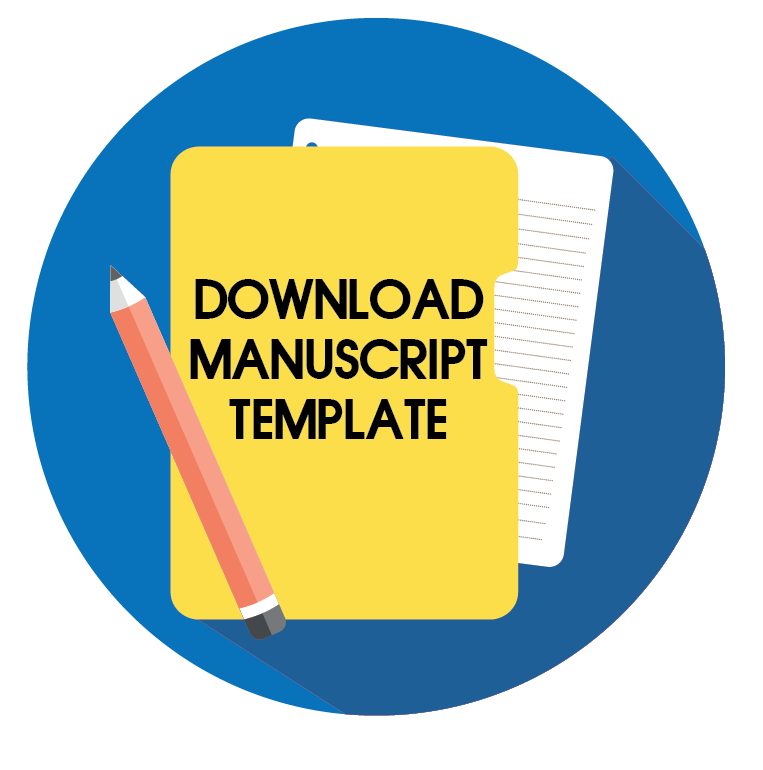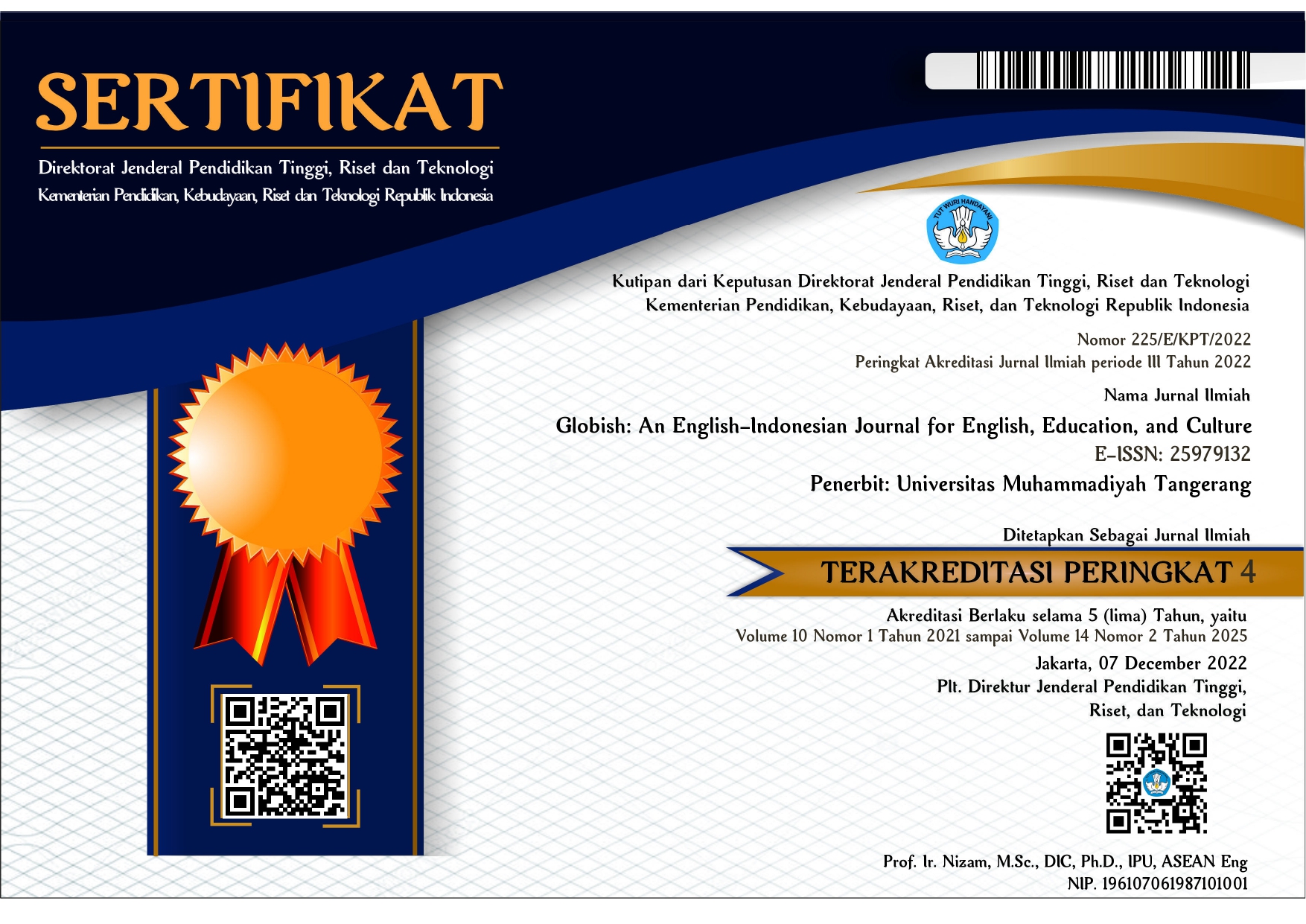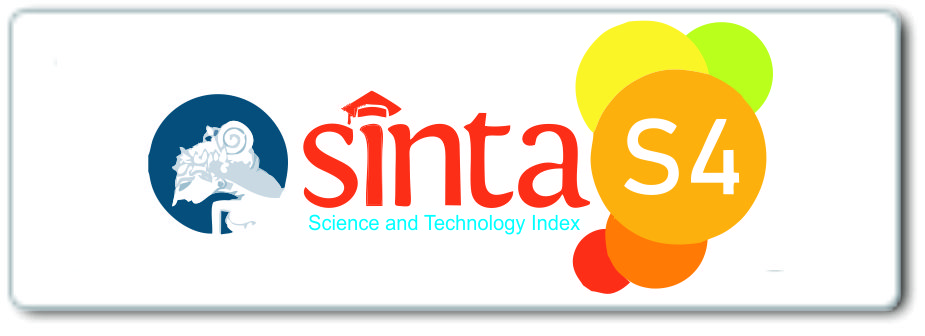Students’ Perceptions of Reading Digital Texts at a Private University in Indonesia
Abstract
This study explored students’ perceptions of reading digital texts at a private university in Indonesia. This research aimed to explore students' perceptions while using digital text in reading activities. Furthermore, the researcher applied a case study as research design. Semi structure interviews and reflective notes were used to explore students' perceptions of reading digital texts then analyzed the data obtained with thematic analysis. In addition, this study highlights students' perceptions of the use of digital texts according to the philosophical theory of perception, hence it is found that the characteristics of digital texts namely, the flexibility and effectiveness of digital texts, digital texts are very flexible as they can be accessed anytime and anywhere through any devices. Digital text is very flexible from an accessibility perspective, easy to carry anywhere and easy to find.Digital text has a flexibility that led to the effectiveness for the readers to increase their interest in reading. Besides, reading materials are available in electronic media, providing students with various up to date materials and the latest information. This study emphasizedstudents’ perception that digital text is very flexible and effective for readers to use.
Keywords
Full Text:
PDFReferences
Ahmad, I. (2023). Digital Text. Technology and Literature, June, 141–160. https://doi.org/10.1017/9781108560740.009.
Anggraini, D. R. (2019). the Effect of Students’ Reading Process Strategies and Motivation on Competency Achievement in Reading At Students First Grade Semester. Globish: An English-Indonesian Journal for English, Education, and Culture, 8(1), 26–36. https://doi.org/10.31000/globish.v7i2.1125.
Baron, N. S. (2015). Word on screen. Oxford University Press.
Benedetto, S., Drai-Zerbib, V., Pedrotti, M., Tissier, G., & Baccino, T. (2013). E-readers and visual fatigue. PLoS ONE, 8(12). https://doi.org/10.1371/journal.pone.0083676.
Braun, V., & Clarke, V. (2019). Thematic analysis revised. Journal of Chemical Information and Modeling, 53(9), 1689–1699.
Buccellati. (2008). Digital Text. Digital thought.
Creswell, J. W., & J, D. C. (2018). Qualitative, quantitative and mixed methods research (Dörnyei). In Introducing English Language. https://doi.org/10.4324/9781315707181-60.
Fish, W. (2021). Philosophy of Perception. In Routledge Taylor & Francis Group. Routledge Taylor & Francis Group.
Goldstein, E. bruce., & Brockmole, J. R. (2017). Sensation and Perception ( PDFDrive ).pdf. In Cengage Learning (Vol. 13, Issue 1, pp. 1–460). Cengage Learning.
Hargreaves, H., Robin, S., & Caldwell, E. (2022). Student perceptions of reading digital texts for university study. Journal of Learning Development in Higher Education. https://doi.org/10.47408/jldhe.vi24.817.
Harmer, J. (2007). How to teach English. In Scientific Bulletin (New editio, Vol. 4). Pearson Education Limited 2007. https://doi.org/10.54414/mzlv3216.
Kesson, H. (2020). Reading digital texts: obstacles to using digital resources. English Teaching, 19(2), 155–168. https://doi.org/10.1108/ETPC-02-2019-0019.
Makdis, N. (2020). Penggunaan e-book pad era digital. Al-Maktabah, 19, 77–84. http://journal.uinjkt.ac.id/index.php/al-maktabah/article/download/21058/8876.
Mulyanah, E. Y., & Ishak, I. (2023). Teaching Method: Survey, Question, Read, Recite, Review (Sq3R) To Improve Students’ Reading Comprehension. Globish: An English-Indonesian Journal for English, Education, and Culture, 12(2), 145. https://doi.org/10.31000/globish.v12i2.8787.
Nisak, I. L., & Yunus, M. (2020). Digital Reading on Reading Comprehension: from Students’ Perceptions Insight. Acta UniversitatHickmanis Agriculturae et Silviculturae Mendelianae Brunensis, 53(9), 1689–1699..
Nisrina, D. D., Bahing, B., & Perdana, I. (2023). Students’ Perception of Using E-book to Improve Literacy Skill at the English Education Department of UNISKA Banjarmasin. Journal on Education, 5(4), 13391–13402. https://doi.org/10.31004/joe.v5i4.2349.
Präkel, D. (2021). The impact of digital. The Fundamentals of Creative Photography, 188–189. https://doi.org/10.4324/9781003103943-59.
Sajidah, M., Rahman, M. C., Dewi, R. A., Kamilah, S. N., & Wulan, N. S. (2023). Meningkatkan Minat Membaca Siswa Sekolah Dasar Melalui Literasi Digital. JUDIKDAS: Jurnal Ilmu Pendidikan Dasar Indonesia, 2(3), 171–182. https://doi.org/10.51574/judikdas.v2i3.821.
Sari, R. P. (2020). the Correlation of the Tenth Grade Student’S Vocabulary Mastery and Reading Comprehension At Sma Negeri 6 Tangerang. Globish: An English-Indonesian Journal for English, Education, and Culture, 9(2), 103. https://doi.org/10.31000/globish.v9i2.2742.
Suhartini., & Ulfa, S. maria. (2024). Students’ Perception of Digital Texts Reading: a Case Study at The English Education Department of STKIP PGRI Bangkalan. ELTR Journal, 8(2), 144–154.
Syarqawi, M. Z. (2022). students’ perceptions toward online reading materials on schoology at study program of English language education of UIN Mataram.
Wadi, A. S., Sulaiman, A. A., Jon, R. B., & Wathoni, H. (2022). Advancement of Digital Text Reading Perceived by Indonesian EFL Students Amid the Pandemic Covid-19. International Journal of English and Applied Linguistics (IJEAL), 2(1), 27–33. https://doi.org/10.47709/ijeal.v2i1.1421.
DOI: http://dx.doi.org/10.31000/globish.v14i1.12913
Article Metrics
Abstract - 1475 PDF - 353Refbacks
- There are currently no refbacks.
Globish
Program Studi Pendidikan Bahasa Inggris
Fakultas Keguruan dan Ilmu Pendidikan
Universitas Muhammadiyah Tangerang
Jl. Perintis Kemerdekaan I/33, Cikokol
Kota Tangerang, Indonesia
e-mail: globish_journal@umt.ac.id
Globish (p-ISSN: 2301-9913 | e-ISSN: 2301-9913) is licensed under a Creative Commons Attribution-ShareAlike 4.0 International License.









